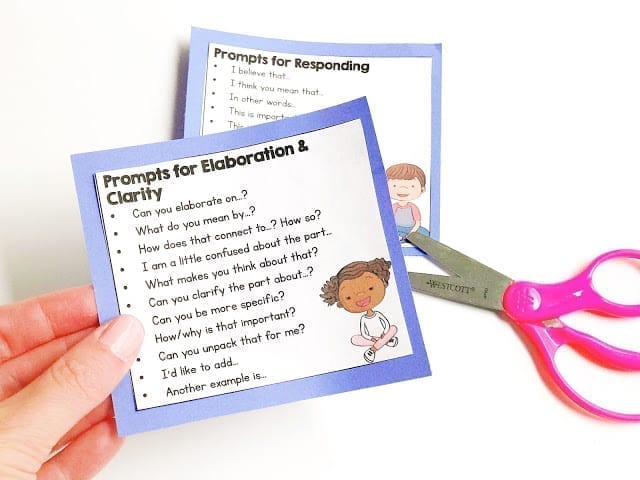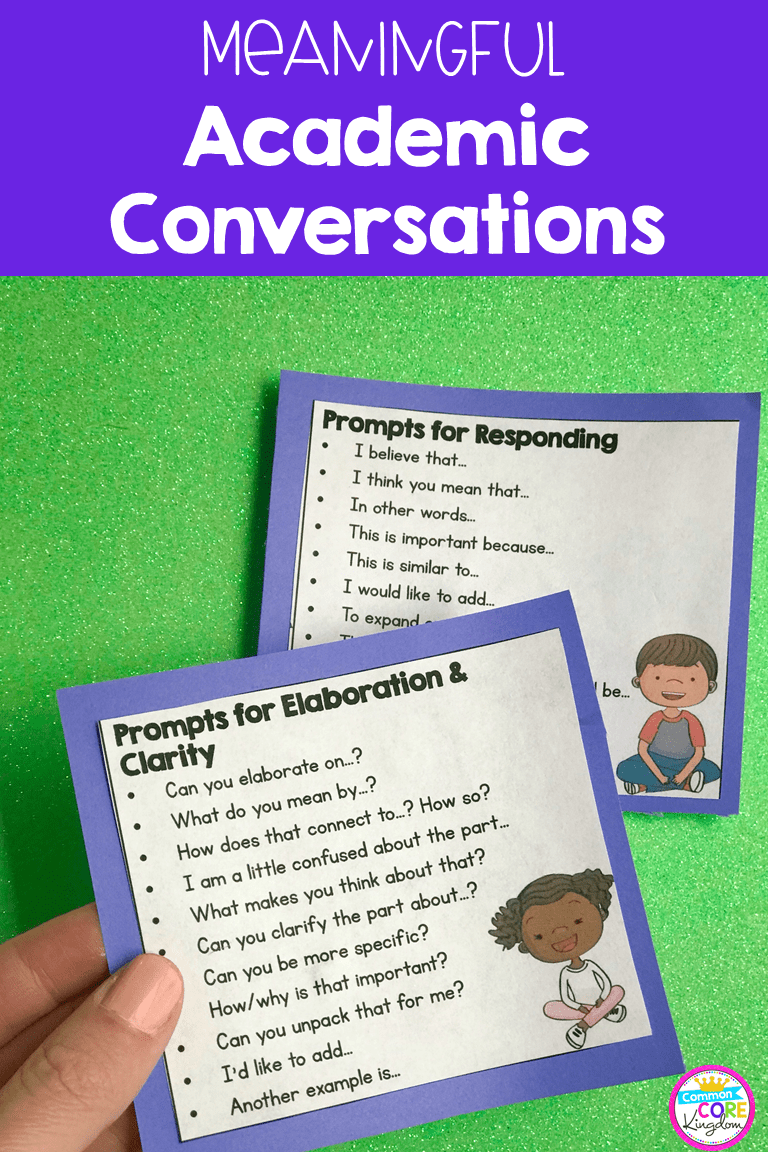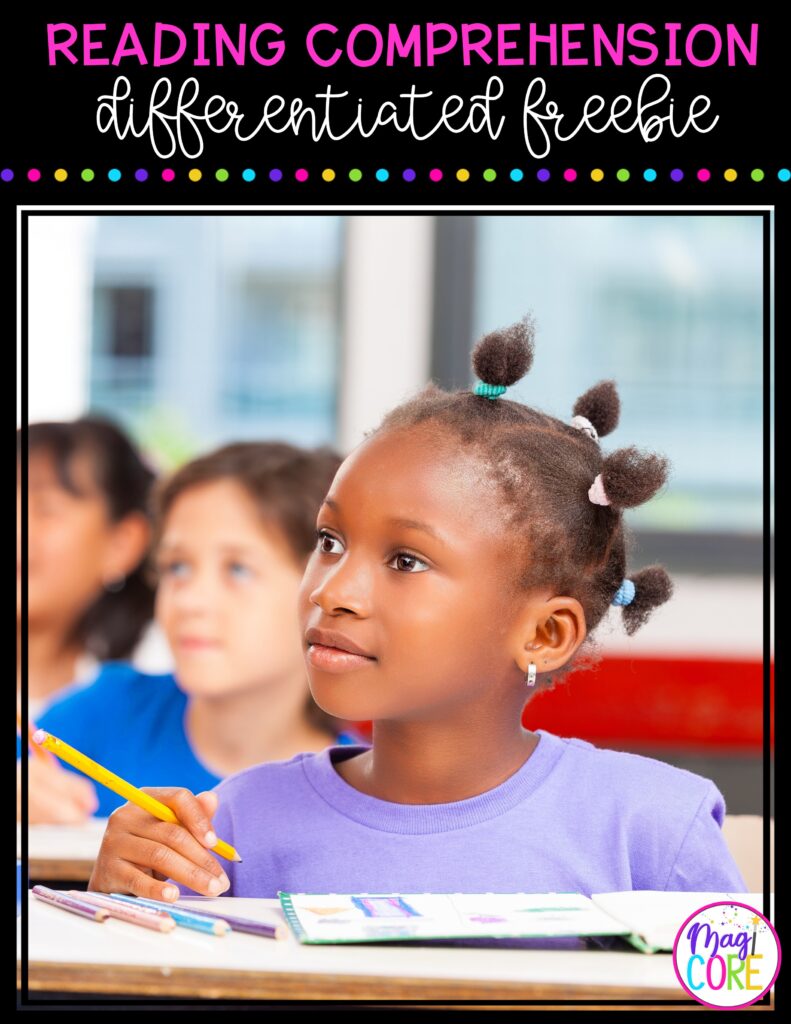Whether you use Common Core or other state-specific standards, one of the main objectives is to teach children to think and respond critically. As a teacher, one of my main goals was to lead my students toward independence. In order to develop both critical thinking skills and promote independence, I used a strategy where students worked toward leading classroom discussions focused on critical thinking. This strategy was so successful that administrators, coaches, and other teachers were amazed. They would come into my room and wonder how I was able to teach my students to lead our class discussions. They would chuckle at how “adult” the students sounded when they responded to their peers. My students were not only able to think and respond critically to their peers, but also push their peers to think more deeply about topics and issues.
At the beginning of the year, it’s important to set good expectations. Start off by giving your students index cards with the “Prompts for Elaboration & Clarity,” and the “Prompts for Responding.” When students answer questions or began discussions, model how to respond to the speaker with respect by using the prompts on the cards. Make sure every student has a card in front of them. Slowly invite volunteers to try to respond to a classmate using a prompt.
Student A makes a prediction about the chapter book we are reading. Student B uses the prompt to craft a meaningful response such as “how does your prediction connect to what we read in chapter three?” Student B is pushed to craft a meaningful response, rather than the old “I like your prediction.” At the same time, Student A is pushed to think more deeply about the evidence they used to make their prediction. My students would have their prompt cards everywhere! They had a copy in their bag of books and each journal. They would use them in whole-class lessons/ discussions, small groups, partner work, independent work, and eventually in their writing.

As students became more confident and experienced using the prompts, I would usually randomly call on 1-3 students to respond to another child when a child shared something or taught the class. It is critical to hold all of your students accountable for using the prompts. They learned to use them so regularly, that sometimes during my mini-lessons or lesson closings I wouldn’t even have to further question students because their classmates had it down pat. By mid-year, most students had internalized the prompts and no longer needed to refer to their cards.
While teaching students to respond to each other critically IS time-consuming, there are very few more valuable ways you can spend your time. If you ready to transform your students into thought leaders, give these techniques a try.
Grab my Prompts for Responding, Elaboration, and Clarity for free, then let me know how this worked out in your class!
If you’re looking for more ways to build a strong classroom community, check out my blog on How to Build Relationships with Morning Meetings.

We strive to create resources that empower teachers and transform student success. We create skill-focused resources that promote critical thinking, enhance student engagement, and incorporate diversity. Our goal is to develop the tools teachers need to reach their students and foster a lifetime of learning.

